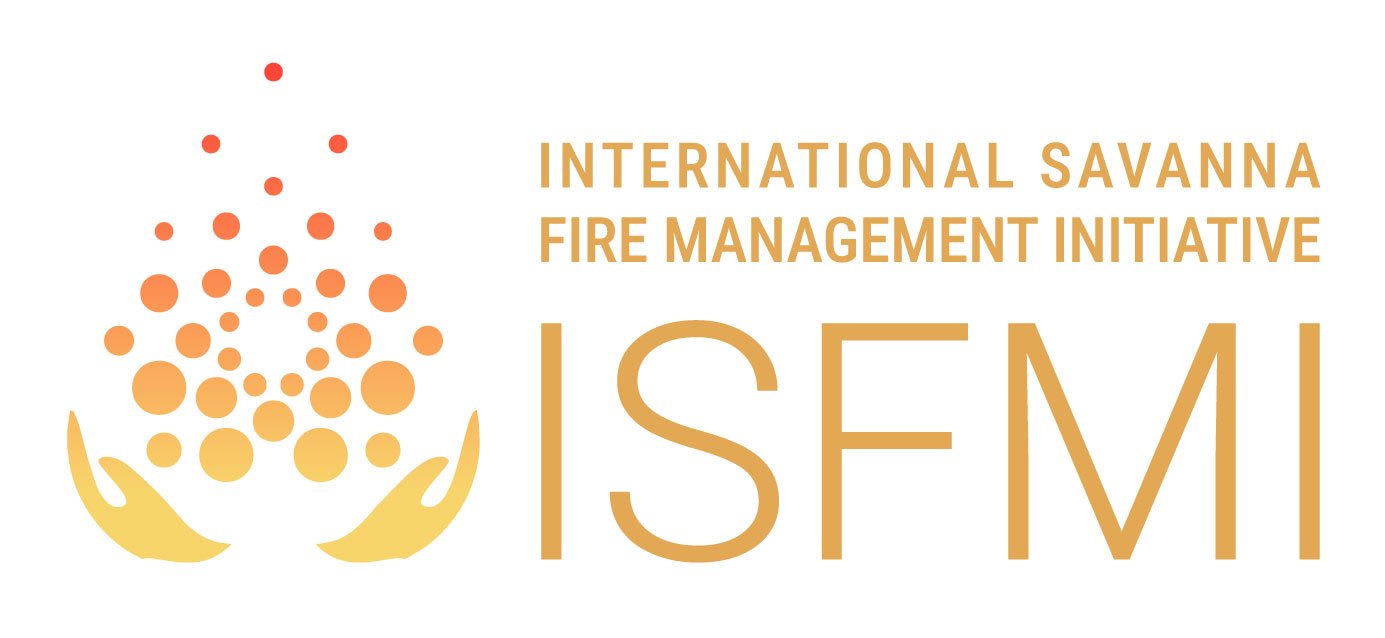Carbon Accounting and Savanna Fire Management
Edited by Brett Murphy, Andrew Edwards, Mick Meyer and Jeremy Russell-Smith
PUBLICATION DATA:ISBN-13: 9780643108516 PAGES:368 PUBLISHED:June 2015 PAPERBACK
Available from CSIRO Publishing, this volume is authored by the International Savanna Fire Management’s Professor Jeremy Russell-Smith, with contributions from the Initiative’s Secretariat (See Chapter 15, ‘Where to from here’).”
Summary
In the context of Australia’s developing carbon economy, fire management helps to abate emissions of greenhouse gases and is an important means of generating carbon credits. The vast high-rainfall savannas of northern Australia are one of the world’s most flammable landscapes. Management of fires in this region has the potential to assist with meeting emissions reduction targets, as well as conserving biodiversity and providing employment for Indigenous people in remote parts of Australia’s north.
This comprehensive volume brings together recent research from northern Australian savannas to provide an internationally relevant case study for applying greenhouse gas accounting methodologies to the practice of fire management. It provides scientific arguments for enlarging the area of fire-prone land managed for emissions abatement. The book also charts the progress towards development of a savanna fire bio-sequestration methodology. The future of integrated approaches to emissions abatement and bio-sequestration is also discussed.
Table of Contents includes:
Chapter 1: Reimagining fire management in fire-prone northern Australia
Chapter 2: Fire patterns in north Australian savannas: extending the reach of incentives for savanna fire emissions abatement
Chapter 3: Fire extent mapping – procedures, validation and website application
Chapter 4: Vegetation Fuel type classification for lower rainfall savanna burning abatement projects
Chapter 5: The operational role of satellite-based fire data in Savanna Burning Methodologies
Chapter 6: Fuel Accumulation, consumption and fire patchiness in the lower rainfall savanna region
Chapter 7: Leaf and Coarse Fuel Accumulation and Relationships with Vegetation Attributes in ‘Evergreen’ Tropical Eucalypt Savannas
Chapter 8: Measuring and Mapping Fire Severity in the Tropical Savannas
Chapter 9: Biomass combustion and emission processes in the Northern Australian Savannas
Chapter 10: Application of a ‘lower rainfall’ savanna burning emissions abatement methodology
Chapter 11: Reconciling ‘bottom-up’ and ‘top-down’ greenhouse gas accounting methodologies for savanna burning in Northern Australia
Chapter 12: Fire or water – which limits tree biomass in Australian savannas?
Chapter 13: Predicting the effects of fire management on carbon stock dynamics using statistical and process-based modelling
Chapter 14: Towards a methodology for increased carbon sequestration in dead fuels through implementation of less severe fire regimes in savannas
Chapter 15: Where to from here?

